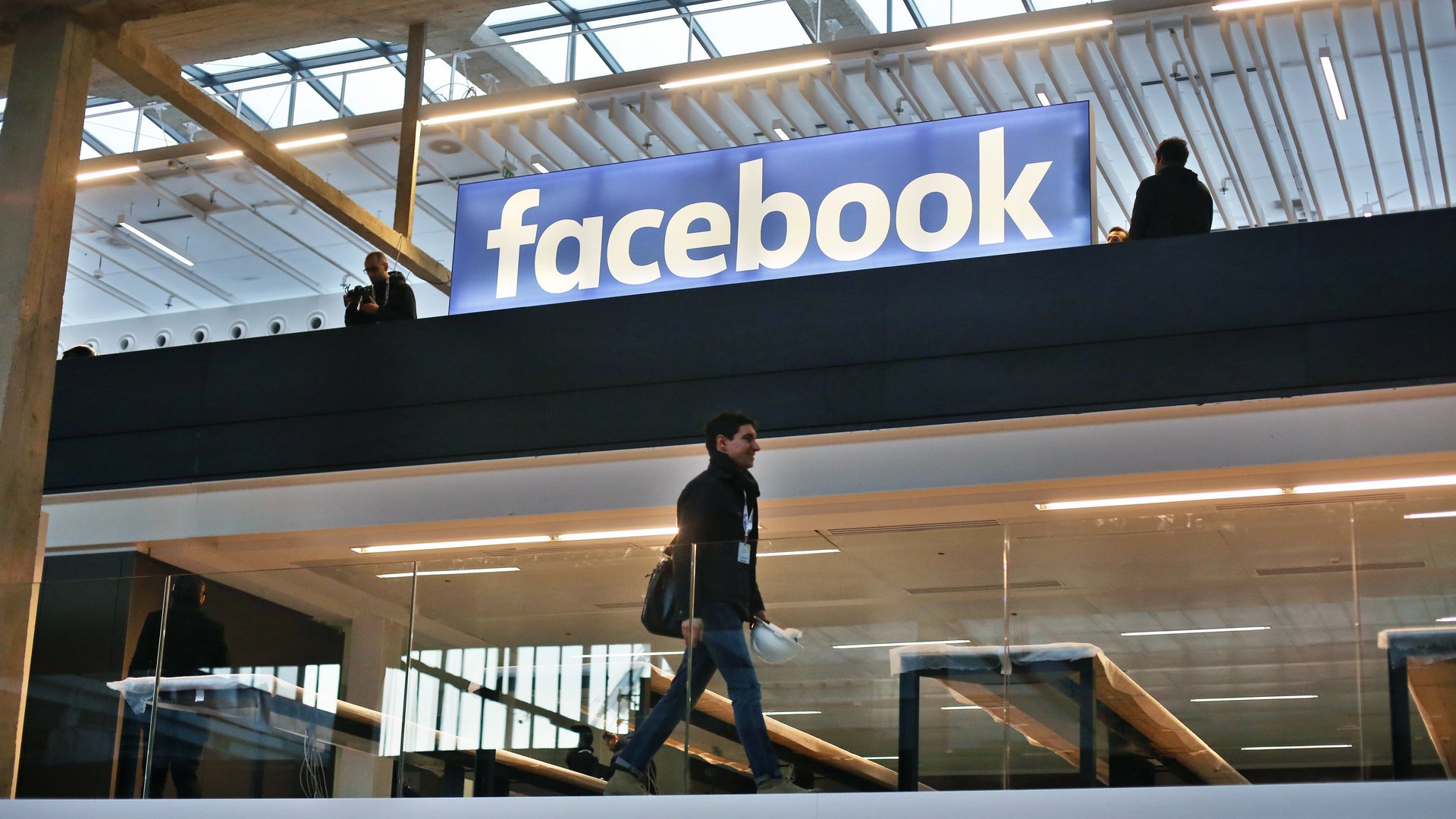Facebook thinks so little of us
When you open Facebook—on a computer or a mobile device—the first thing you’re greeted with is your news feed. This comes from the river of content that your friends and family, the brands you follow, and Facebook’s advertisers have been posting. Facebook’s algorithms decide exactly what you need to see right now. It’s usually a mess of marriage proposals, baby photos, news stories (which may or may not be fake news), political rants from distant family members, ads, and random viral content your friends have shared.


When you open Facebook—on a computer or a mobile device—the first thing you’re greeted with is your news feed. This comes from the river of content that your friends and family, the brands you follow, and Facebook’s advertisers have been posting. Facebook’s algorithms decide exactly what you need to see right now. It’s usually a mess of marriage proposals, baby photos, news stories (which may or may not be fake news), political rants from distant family members, ads, and random viral content your friends have shared.
Apparently Facebook thinks this experience is not torturous enough for you.
New and vastly unimproved
The company has been testing out a new type of timeline,”Explore Feed,” which it’s in the process of rolling out to users across the world. Unlike your main feed, this one contains posts from people and outlets you don’t follow that Facebook’s algorithms have determined you may be interested in seeing. In reality, it’s just a distillation of the worst parts of Facebook.
There are memes stolen from other platforms: months-old viral videos, articles from Fox News and Mashable that you might’ve seen somewhere else and not clicked on, an unending stream of crap shared from George Takei’s Facebook page. If this is what Facebook thinks I want to see, Facebook thinks very little of me.
Facebook started out (after founder Mark Zuckerberg’s attempt to build a site that rated the attractiveness of his Harvard classmates) as a way to connect college kids, and then family and friends. It’s ended up becoming one of the most important streams of revenue for advertisers and page views for media publications. Outlets like Upworthy have lived and died on their ability to find and propagate content that was clicky and just the right side of interesting, bringing in millions of readers to sell ads against—until Facebook decided to tweak its algorithm.
Exploring the uninformative and the inauthentic
Yesterday (Oct. 24), Facebook’s head of its news feed, Adam Mosseri, spoke at the City University of New York’s journalism school, and announced that the company was issuing a set of “do’s and don’ts” for publishers on the sorts of content that Facebook wants on its site. The guidelines are based on the “Principles for Publishers” manifesto the company released in May, which state that “people on Facebook value meaningful, informative stories,” and “accurate, authentic content.”
Facebook’s new Explore Feed is pretty much the polar opposite of this. Here are a few examples that I saw and pointed out to my colleague Nikhil Sonnad for his Quartz post on the new random:
- A video that’s just stolen from the Comedy Central TV show, Key & Peele.
- A low-resolution video of a doll getting its hair cut, with the text “How’s life treating you?” above it.
- A video taken by someone else of people reacting to getting flu shots
There were many, many more examples I found of repurposed content that seemed designed solely to go viral on Facebook, as did my colleagues when they checked their own Explore Feeds. There are no plans, as of now, to push the Explore Feed as ubiquitously as the main news feed on Facebook. But considering it’s a new product, it doesn’t seem particularly clear how seriously Facebook is planning to take its own publishing guidelines when it’s devoting an entirely separate feed to content that seems neither informative nor authentic.